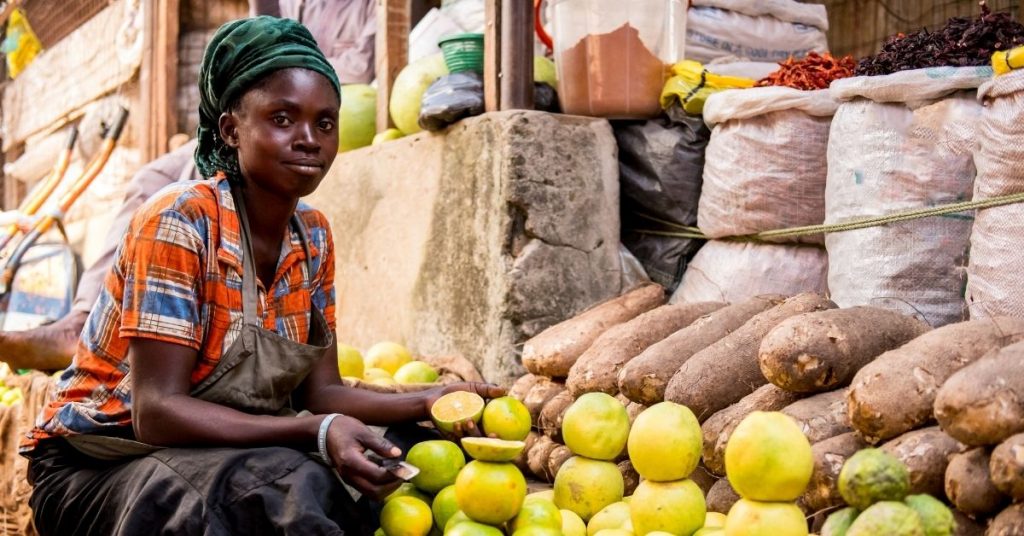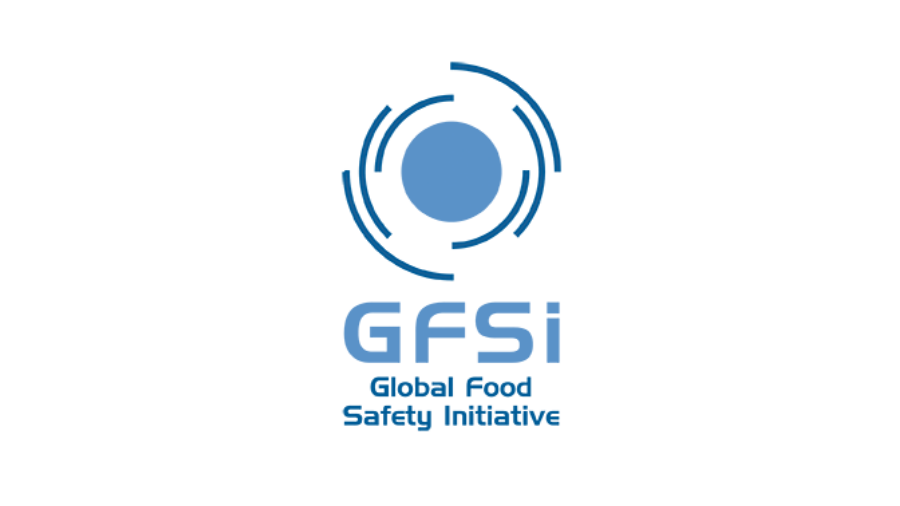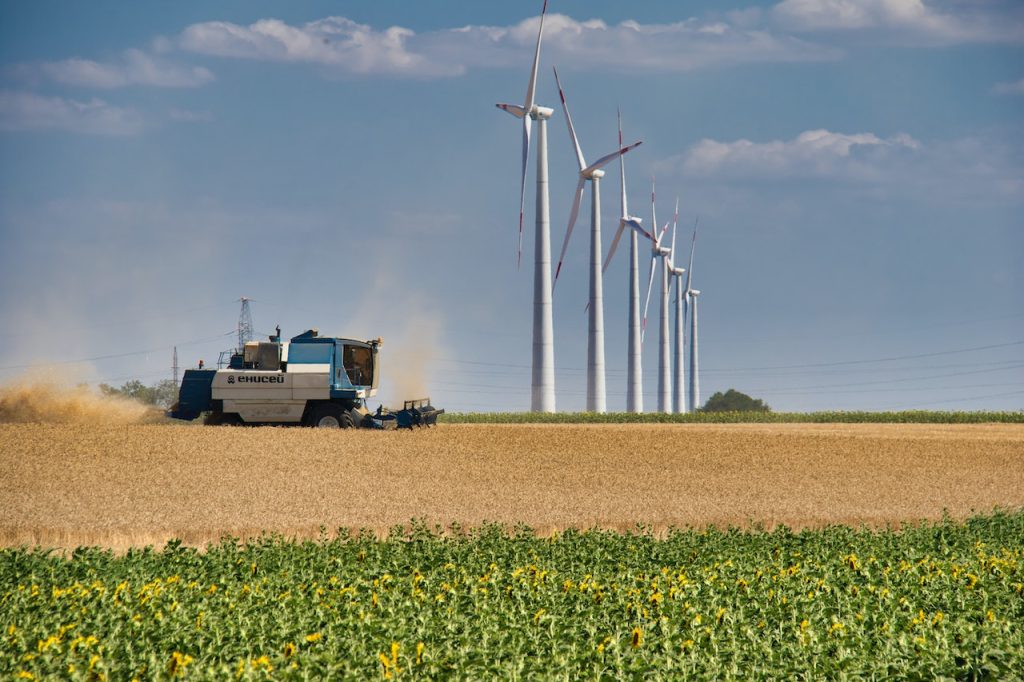High care: What to do in a food production area?
Our company has a high-care production area. This space is physically separated from the other departments. Product flow, the flow of raw materials, the flow of packaging materials, the flow of resources used, the flow of equipment, routing personnel, logical waste routing, airflow, air quality, clothing, etc., have been taken into account in order to exclude crossings with high care.
The personnel enter the high-care area through a specially designed changing area to ensure that the protective clothing is not contaminated before entering the high-risk area. The following requirements apply in this changing room:
Instructions high care
- There are clear instructions for changing (putting on and taking off) the special protective clothing. This is to prevent contamination of clean clothing. The following dressing order is used:
- Hair covering hairnet.
- Change footwear.
- Wash hands.
- Put on clothes.
- Wash and disinfect hands.
- The protective clothing can be visually distinguished from the clothing worn in other production areas. The clothing is not worn outside the high care area.
- The protective clothing is changed at least daily.
- Washing hands is included during the changing procedure to avoid contamination of clean protective clothing.
- Before entering the high care production area, hands can and should be washed and disinfected.
- Special shoes are provided to be worn in the high care area. This means that there is a clear separation of shoes in the changing room. The use of a boot washer is permitted if it demonstrably provides effective footwear control to prevent the entry of pathogenic materials into the high-care area.
– Visitors are not allowed to wear overshoes.
– An environmental monitoring program has been established to assess the effectiveness of footwear controls.
There is a drainage plan that includes direction, location, and equipment. The equipment present prevents wastewater from flowing back. The drainage does not pose a risk of area/product contamination.
The cleaning equipment and materials that are used are suitable for use in a high care area and are used there. The materials, therefore, have a distinctive colour compared to the cleaning materials in the other production area.
As far as auxiliary materials, waste containers, and maintenance are concerned, we try as much as possible to use these materials only in the high care area and nowhere else. The protective clothing is washed in-house or by an external party. Washing is controlled / checked by means of an audit on location. If the clothing is washed externally, all relevant certificates are present. The washing process is validated and registered. Clean clothing for the high care or high-risk department is stored separately from the dirty clothing and other clean work clothing, and care is taken to ensure that clean clothing cannot be contaminated during storage, so preferably covered.
High risk: What to do in a food production area?
Our company has a high-risk production area. This space is physically separated from the other departments. Product flow, the flow of raw materials, the flow of packaging materials, the flow of resources used, the flow of equipment, routing personnel, logical waste routing, airflow, air quality, clothing, etc., have been taken into account in order to exclude crossings with high risk.
The personnel enter the high-risk area through a specially designed changing area to ensure that the protective clothing is not contaminated before entering the high-risk area. The following requirements apply in this changing room:
Instructions high risk
- There are clear instructions for changing (putting on and taking off) the special protective clothing. This is to prevent contamination of clean clothing. The following dressing order is used:
- Hair covering hairnet.
- Change footwear.
- Wash hands.
- Put on clothes.
- Wash and disinfect hands.
- The protective clothing can be visually distinguished from the clothing worn in other production areas. The clothing is not worn outside the high-risk area.
- The protective clothing is changed at least daily.
- Washing hands is included during the changing procedure to avoid contamination of clean protective clothing.
- Before entering the high-risk production area, hands can and should be washed and disinfected.
- Special shoes are provided to be worn in the high-risk area. This means that there is a clear separation of shoes in the changing room. The use of a boot washer is permitted if it demonstrably provides effective footwear control to prevent the entry of pathogenic materials into the high-risk area.
– Visitors are not allowed to wear overshoes.
– An environmental monitoring program has been established to assess the effectiveness of footwear controls.
There is overpressure in the high-risk area. The air is filtered. These filters comply with applicable laws and regulations. Specifications are also available and are frequently checked.
There is a drainage plan that includes direction, location, and equipment. The equipment present prevents wastewater from flowing back. The drainage does not pose a risk of area/product contamination.
The cleaning equipment and materials that are used are suitable for use in a high-risk area and are used here. The materials, therefore, have a distinctive color compared to the cleaning materials in the other production area.
With regard to auxiliary materials and maintenance, we try as much as possible to use these materials only in the high-risk area and nowhere else. The protective clothing is washed in-house or by an external party. Washing is controlled / checked by means of an audit on location. If the clothing is washed externally, all relevant certificates are present. The washing process is validated and registered. Clean clothing for the high care or high-risk department is stored separately from dirty clothing and other clean work clothing, and care s taken to ensure that clean clothing cannot be contaminated during storage, so preferably covered.
Related articles to High care and a high risk area in the food company
Many customers and visitors to this page 'High care and a high risk area in the food company' also viewed the articles and manuals listed below:



